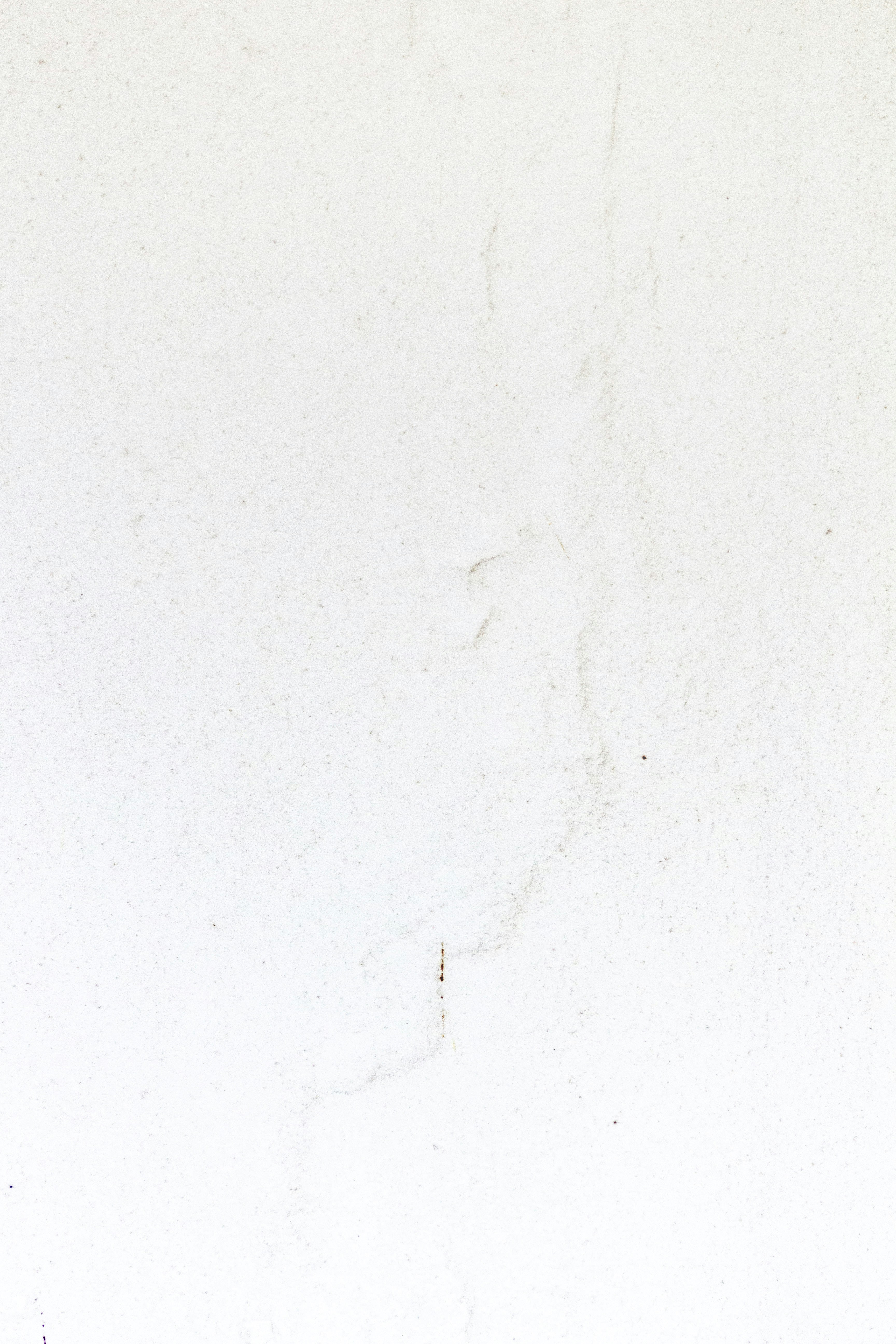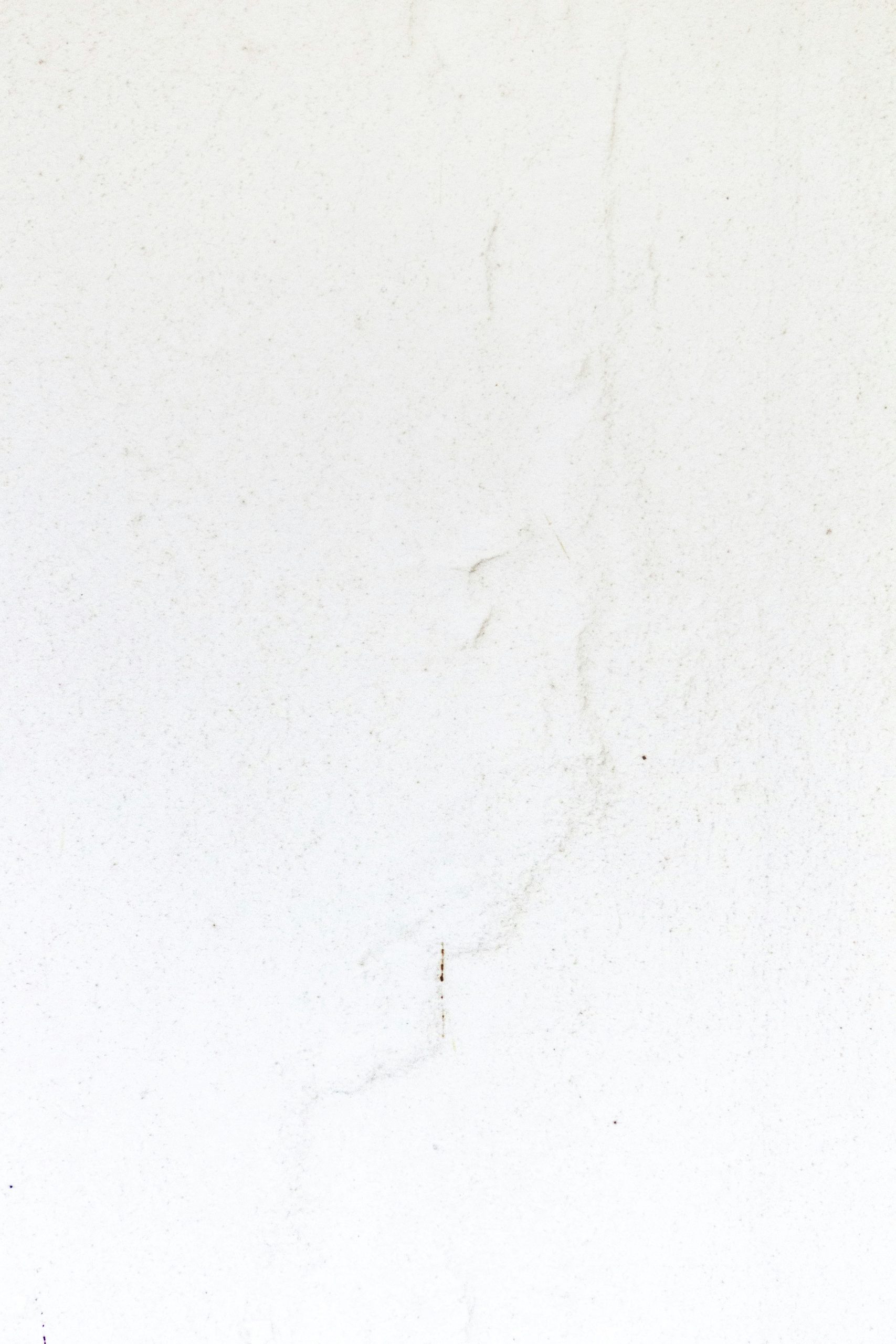Introduction to silicone for home repairs
When it comes to home repairs, having the right tools and materials can make all the difference. Among these essentials is white silicone, a versatile sealant that’s often overlooked but incredibly effective. Whether you’re sealing gaps, fixing leaks, or just adding a finishing touch to your DIY projects, this unassuming substance packs a punch. Its clean appearance blends seamlessly with most surfaces while providing durability that stands up against wear and tear. Let’s explore why white silicone deserves a spot in your toolkit for all those household fixes!
The benefits of using white silicone
White silicone offers a range of benefits that make it a standout choice for home repairs. Its clean and crisp appearance seamlessly blends with various surfaces, ensuring a polished finish.
One major advantage is its exceptional flexibility. This allows it to withstand movement without cracking or breaking, making it ideal for areas subject to expansion and contraction.
Additionally, white silicone boasts impressive water resistance. It forms an airtight seal that prevents moisture from seeping white silicone sealant for windows in, protecting your home from mold and mildew growth.
Its quick curing time means you can complete projects swiftly, minimizing downtime in your living space.
Moreover, many formulations include anti-fungal properties, enhancing durability even in damp environments like bathrooms and kitchens. With such versatile features at hand, it’s no wonder homeowners are turning to white silicone as their go-to solution for countless repair projects.
Versatility and durability of white silicone
White silicone stands out for its remarkable versatility. It can be used in various applications, from sealing gaps around windows to caulking bathtubs. This adaptability makes it an essential tool for any homeowner.
Durability is another key feature of white silicone. Once cured, it forms a flexible yet strong bond that withstands temperature fluctuations and moisture exposure. This means you won’t have to worry about frequent repairs.
Moreover, white silicone resists mold and mildew growth, ensuring your spaces remain clean and hygienic. Its long-lasting properties make it perfect for high-traffic areas or places prone to wear and tear.
Whether you’re tackling small fixes or larger projects, the combination of versatility and durability makes white silicone an ideal choice for any home repair task.
Common household repairs that can be done with white silicone

White silicone is a handy tool for various household repairs. It’s especially useful in bathrooms and kitchens, where moisture can be an issue.
Leaky faucets often need just a bead of white silicone to seal gaps, preventing water damage. A small application around the basin or sink provides both protection and aesthetic appeal.
For cracks in tiles or countertops, this versatile material fills voids effectively. The flexibility of white silicone allows it to withstand movement without breaking down over time.
It also shines when sealing windows and doors. By applying it along the edges, you can block drafts and improve energy efficiency.
Even simple tasks like fixing gaps between baseboards can benefit from white silicone’s clean finish. Its quick-drying properties mean most repairs are completed within hours rather than days.
How to properly use and apply white silicone
Applying white silicone effectively requires some preparation and technique. Start by cleaning the surface thoroughly to remove any dirt, grease, or old sealant. A clean area ensures better adhesion.
Next, use painter’s tape along the edges where you’ll apply the silicone. This helps achieve a straight line and prevents messiness.
Cut the nozzle of your silicone tube at a 45-degree angle for precise application. Puncture the inner seal with a long object if necessary.
When applying, squeeze gently and evenly as you move along the joint or gap. Aim for consistent pressure to avoid uneven beads.
After application, smooth out the fashion bead with your finger or a smoothing tool dipped in soapy water for a professional finish. Remember to remove painter’s tape before it dries for crisp edges!
Comparison with other types of sealant and reasons why white silicone is superior

When it comes to sealants, several options compete for attention. Traditional caulk often dries rigid and can crack over time. This vulnerability makes it less effective in areas with temperature fluctuations or movement.
Acrylic latex is easier to paint but lacks the waterproofing properties that white silicone excels at. It simply doesn’t hold up well in wet environments like bathrooms or kitchens.
Polyurethane sealants offer strong adhesion but require careful handling due to their lengthy curing times and complex application processes. In contrast, white silicone is straightforward and user-friendly.
What sets white silicone apart is its flexibility and resilience. It adheres strongly to various surfaces while allowing for slight movements without losing its bond. This characteristic ensures long-lasting repairs that stand the test of time, making it the top choice for homeowners looking for reliability coupled with ease of use.
Tips for choosing the right brand of white silicone
When selecting the right brand of white silicone, prioritize quality. Look for products that specify high durability and flexibility.
Check reviews from previous users. Feedback can provide insights into how well a product performs in real-world applications.
Consider the intended use. Some brands offer specialized formulas for bathroom, kitchen, or outdoor repairs. Choose one that fits your project needs.
Examine packaging details for information on curing time and temperature tolerance. These factors are crucial to achieving optimal results during application.
Don’t overlook warranty options. A reputable brand often stands behind its product with a guarantee, reflecting confidence in performance and longevity.
Conclusion
When it comes to home repairs, choosing the right materials makes all the difference. White silicone stands out as a top choice for various reasons. Its versatility allows homeowners to tackle a wide range of tasks—from sealing gaps and cracks to weatherproofing windows.
The durability of white silicone ensures that repairs last over time, resisting mold growth and maintaining flexibility in changing temperatures. This adaptability is essential for anyone looking to maintain their living space without frequent touch-ups.
Applying white silicone is straightforward with proper technique: clean surfaces thoroughly before application, use a caulking gun for precision, and smooth the edges for a professional finish. Following these steps will enhance your results significantly.
Compared to other sealants like latex or polyurethane, white silicone offers superior adhesion and longevity. It’s particularly effective in high-moisture areas such as kitchens and bathrooms where traditional options might fail or degrade quickly.
When selecting a brand of white silicone, look for products with good reviews that emphasize ease of application and long-lasting performance. Trusted brands often provide more reliable results than generic alternatives.
With its many advantages—ranging from strength to aesthetic appeal—white silicone deserves consideration on your next DIY project list. Embracing this versatile material can lead not only to beautiful finishes but also peace of mind knowing your repairs are built to endure.

